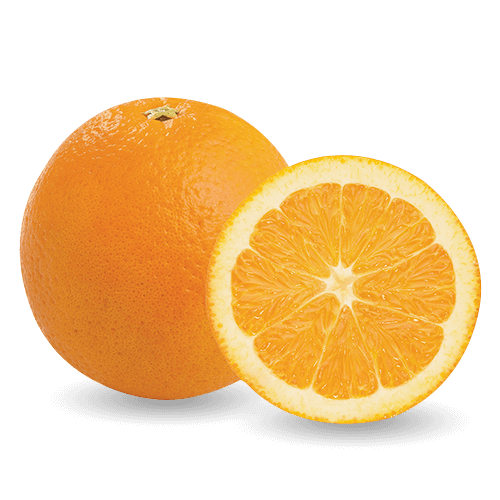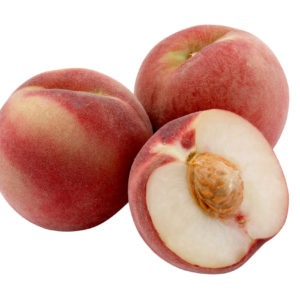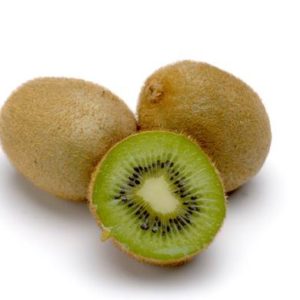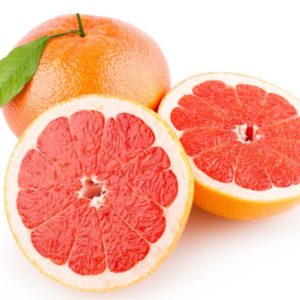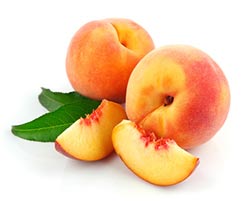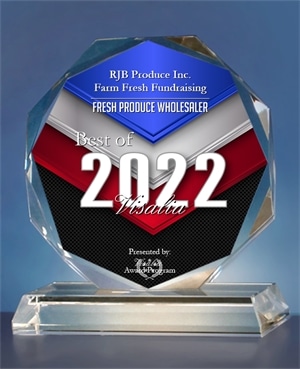Brand
Fruits
Related products
White Peaches
The fruit has yellow or whitish flesh, a delicate aroma, and a skin that is either velvety (peaches) or smooth (nectarines) in different cultivars. ... Cultivated peaches are divided into cling stones and freestones, depending on whether the flesh sticks to the stone or not; both can have either white or yellow flesh.
Kiwis
Kiwi berries are edible berry- or grape-sized fruits similar to the fuzzy kiwifruit in taste and appearance, but with thin, smooth green skin. They are primarily produced by three species of kiwifruit; hardy kiwi(Actinidia arguta), Arctic beauty (A. kolomikta), and silver vine (A. polygama).
Fun Fact: Kiwifruit has dark green heart-shaped leaves that are spirally arranged on the stem.
Grapefruit
The fruit is yellow-orange skinned and generally, an oblate spheroid in shape; it ranges in diameter from 10–15 cm (3.9–5.9 in). The flesh is segmented and acidic, varying in color depending on the cultivars, which include white, pink, and red pulps of varying sweetness (generally, the redder varieties are the sweetest).
Fun Fact: It is named grapefruit due to the way it grows – in bunches like grapes. They have fleshy interiors that are often found in pink, red or white color.
Yellow Peaches
The fruit has yellow or whitish flesh, a delicate aroma, and a skin that is either velvety (peaches) or smooth (nectarines) in different cultivars. The flesh is very delicate and easily bruised in some cultivars, but is fairly firm in some commercial varieties, especially when green.
Peaches, along with cherries, plums and apricots, are stone fruits (drupes). There are various heirloom varieties, including the Indian Peach, or Indian Blood Peach, which arrives in the latter part of the summer, and can have color ranging from red and white, to purple.
Fun Fact: Spaniards brought peaches to South America and the French introduced them to Louisiana.
